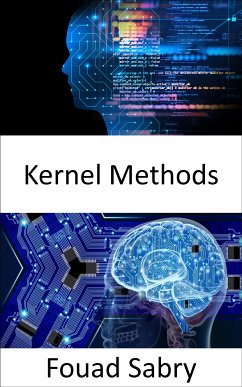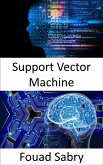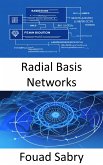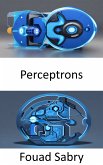What Is Kernel Methods
In the field of machine learning, kernel machines are a class of methods for pattern analysis. The support-vector machine (also known as SVM) is the most well-known member of this group. Pattern analysis frequently makes use of specific kinds of algorithms known as kernel approaches. Utilizing linear classifiers in order to solve nonlinear issues is what these strategies entail. Finding and studying different sorts of general relations present in datasets is the overarching goal of pattern analysis. Kernel methods, on the other hand, require only a user-specified kernel, which can be thought of as a similarity function over all pairs of data points computed using inner products. This is in contrast to many algorithms that solve these tasks, which require the data in their raw representation to be explicitly transformed into feature vector representations via a user-specified feature map. According to the Representer theorem, although the feature map in kernel machines has an unlimited number of dimensions, all that is required as user input is a matrix with a finite number of dimensions. Without parallel processing, computation on kernel machines is painfully slow for data sets with more than a few thousand individual cases.
How You Will Benefit
(I) Insights, and validations about the following topics:
Chapter 1: Kernel method
Chapter 2: Support vector machine
Chapter 3: Radial basis function
Chapter 4: Positive-definite kernel
Chapter 5: Sequential minimal optimization
Chapter 6: Regularization perspectives on support vector machines
Chapter 7: Representer theorem
Chapter 8: Radial basis function kernel
Chapter 9: Kernel perceptron
Chapter 10: Regularized least squares
(II) Answering the public top questions about kernel methods.
(III) Real world examples for the usage of kernel methods in many fields.
(IV) 17 appendices to explain, briefly, 266 emerging technologies in each industry to have 360-degree full understanding of kernel methods' technologies.
Who This Book Is For
Professionals, undergraduate and graduate students, enthusiasts, hobbyists, and those who want to go beyond basic knowledge or information for any kind of kernel methods.
In the field of machine learning, kernel machines are a class of methods for pattern analysis. The support-vector machine (also known as SVM) is the most well-known member of this group. Pattern analysis frequently makes use of specific kinds of algorithms known as kernel approaches. Utilizing linear classifiers in order to solve nonlinear issues is what these strategies entail. Finding and studying different sorts of general relations present in datasets is the overarching goal of pattern analysis. Kernel methods, on the other hand, require only a user-specified kernel, which can be thought of as a similarity function over all pairs of data points computed using inner products. This is in contrast to many algorithms that solve these tasks, which require the data in their raw representation to be explicitly transformed into feature vector representations via a user-specified feature map. According to the Representer theorem, although the feature map in kernel machines has an unlimited number of dimensions, all that is required as user input is a matrix with a finite number of dimensions. Without parallel processing, computation on kernel machines is painfully slow for data sets with more than a few thousand individual cases.
How You Will Benefit
(I) Insights, and validations about the following topics:
Chapter 1: Kernel method
Chapter 2: Support vector machine
Chapter 3: Radial basis function
Chapter 4: Positive-definite kernel
Chapter 5: Sequential minimal optimization
Chapter 6: Regularization perspectives on support vector machines
Chapter 7: Representer theorem
Chapter 8: Radial basis function kernel
Chapter 9: Kernel perceptron
Chapter 10: Regularized least squares
(II) Answering the public top questions about kernel methods.
(III) Real world examples for the usage of kernel methods in many fields.
(IV) 17 appendices to explain, briefly, 266 emerging technologies in each industry to have 360-degree full understanding of kernel methods' technologies.
Who This Book Is For
Professionals, undergraduate and graduate students, enthusiasts, hobbyists, and those who want to go beyond basic knowledge or information for any kind of kernel methods.








